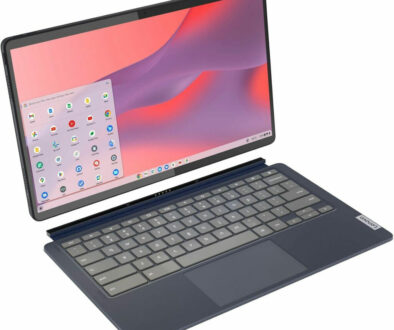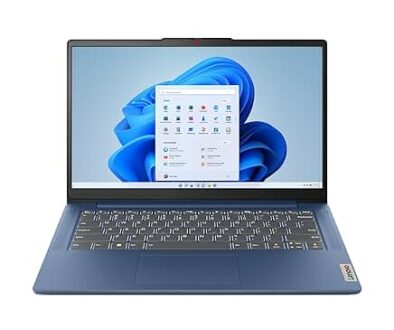Should I Get a Tablet, Laptop or Hybrid: Benefits and Considerations
Hybrid 2-in-1 Laptops
These models are unique in that you can easily switch the mode from a tablet to a PC and back. They are also known as convertibles or 2-in-1s. It’s like a middle ground between laptop and tablet offering the best of both in a slightly bulkier package.
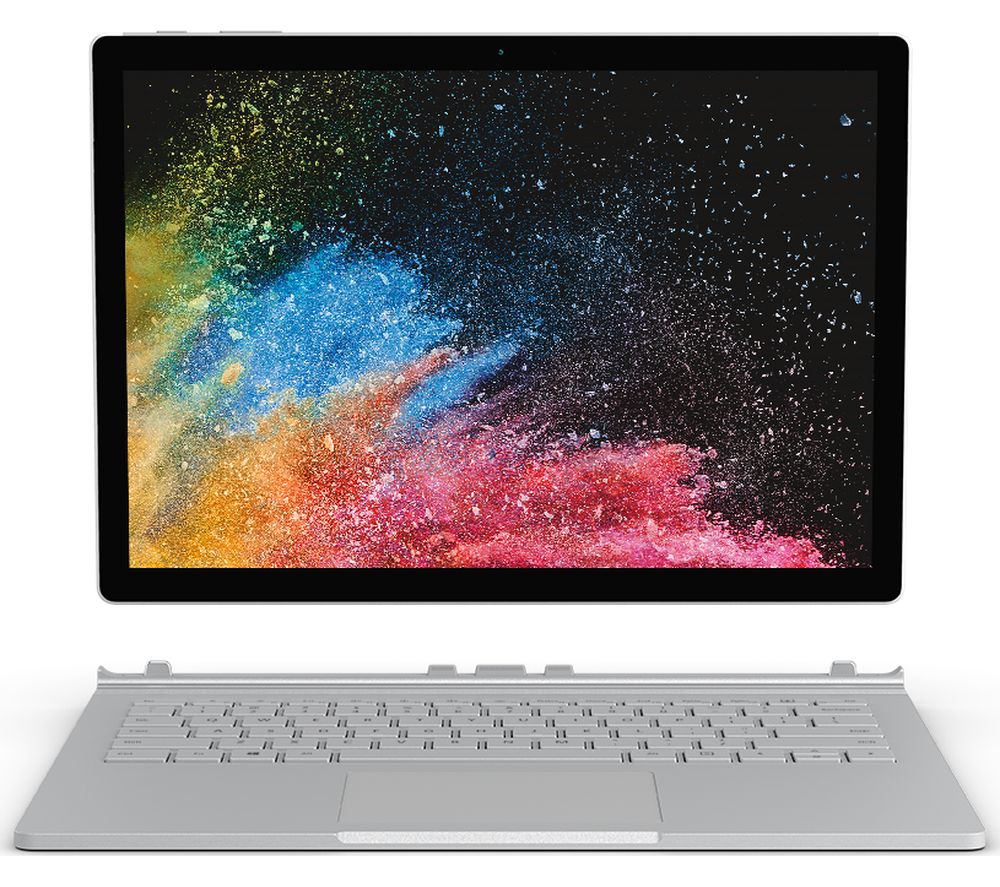
Advantages
Easy to use: If you are familiar with a desktop or a laptop, the hybrid is no different. Do not worry because you do not need to be an expert to switch from one mode to the other. You just have to rotate, flip or detach the screen depending on your chosen model, and you are good to go.
Flexibility: The tablet mode is ideal when you are making a presentation, checking your emails, taking notes with the optional stylus, accessing content such as TV shows and Movies or reading the news while laptop mode is best suited when you are working on a huge projects or simply just want to use the keyboard and trackpad interface
Convergence: The fact that you have a tablet and a computer combined makes it easy to move from one place to the other. You will have only one device to take care of which reduces your baggage especially while you are on the move. Go from working on your assignment to presenting your work on the same device without having to transfer your files over the cloud or flash drive.
Battery life: These devices have rechargeable batteries which allow you to work even when you are in a place without electricity. Your usage and the manufacturer will determine the durability of the battery.
Disadvantage
Bulky: Convertible hybrids with 360 degrees flip hinge are bulkier than a standard tablet. If you want a slim hybrid, go with one that has a detachable keyboard like the Surface Book. Even as a tablet, they tend to be bulkier given its bigger display at 13-inch or 15-inch.
Lack the power: Smaller and cheaper hybrids on the other hand lack the processing power and memory to tackle more resource intensive tasks. You may have to put up with waiting for applications to load and switching from one application to another. Small hybrids also have short battery life, needing charge sooner than the bigger versions. The small display, around 10-inch or less makes it strenuous to work on over long period of time.
EXAMPLES:
Lenovo MIIX 510 12.2-inch 2-in-1 Laptop
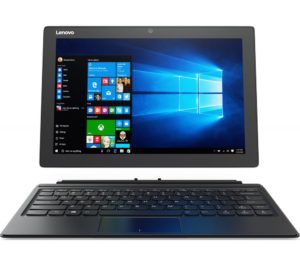
Lenovo Yoga 720 13.3-inch Convertible with Active Pen

HP Envy X360 15.6-inch Convertible with Stylus
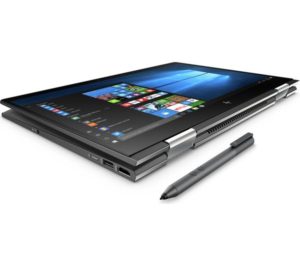
Google Pixelbook 12.3-inch 2-in-1 Chromebook (stylus optional)
Microsoft Surface Book 2 13.5-inch or 15-inch (stylus optional)
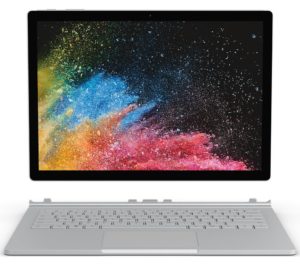
ASUS Transformer Mini T102HA 10.1-inch 2-in-1 Laptop

Ultimately, deciding between a laptop, tablet or a hybrid, will depend very much on what you intend to use the device for. If you’re mainly a consumer of information and media, for example if you would mainly use your device for watching videos, checking social media, the occasional email, perhaps the very odd bit of word processing, then a tablet would more than suffice.
However, if you require a workhorse, something to type up documents, create and compile spreadsheets, and perform some serious work, then a laptop will certainly be more suited to your needs.
If you require something for both working on and perhaps, presenting to clients, then a hybrid is almost certainly what you will need. The way the hybrid is set up allows you to both work it hard and yet use it as a display or in a presentation mode.
Which do you use and what would you recommend?
Edited by Samuel Tan & Li-ling
JUMP TO:


